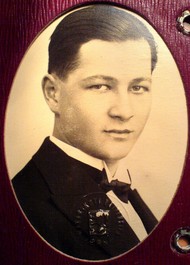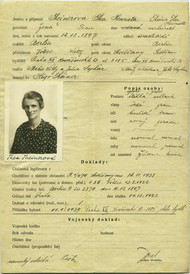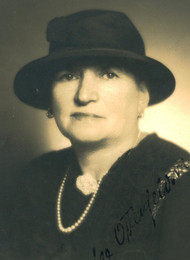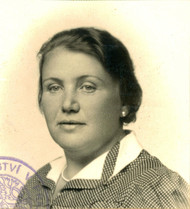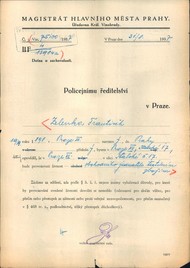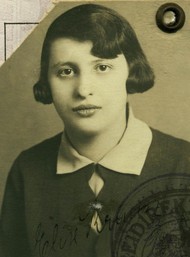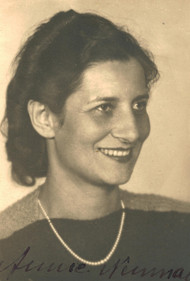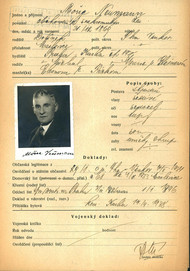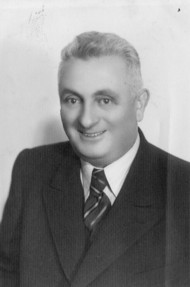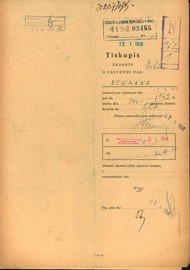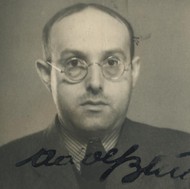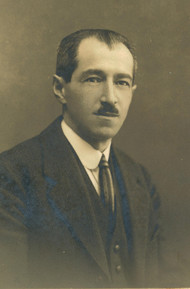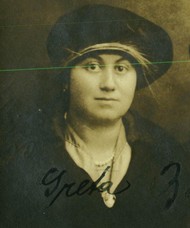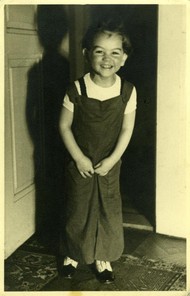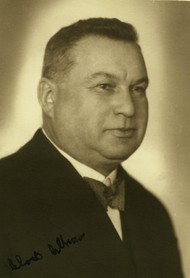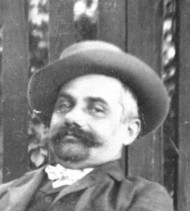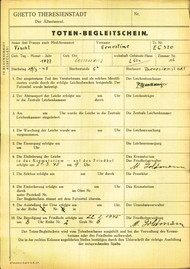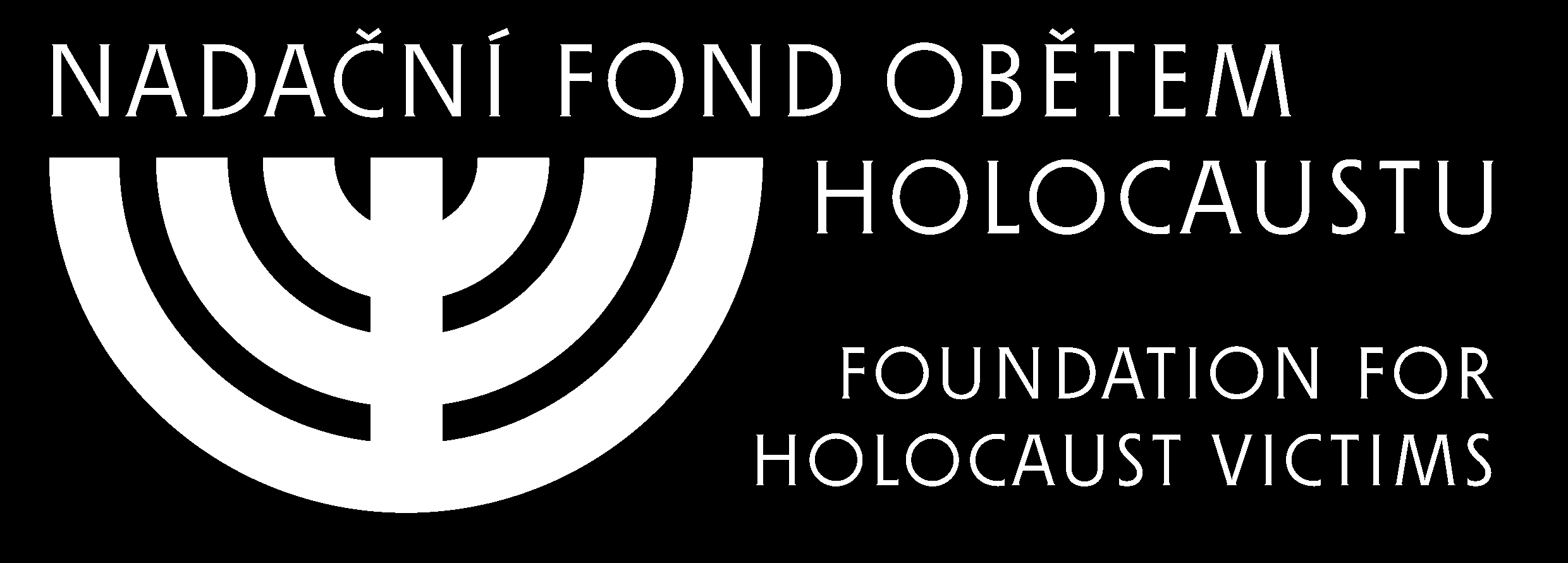Key and copyright. (In Czech)
Before the Second World War, Warsaw with its 375 000 Jewish inhabitants was the second largest Jewish centre in the world after New York. Jews made up 29.1% of Warsaw's population. After Poland was invaded by the German army, Warsaw had to capitulate on the 28th of September 1939, and on the following day German troops entered the city. From that moment on, Jews were subjected to discrimination, were attacked in the streets and in their flats and shops, and were sent to carry out forced labour. Devout Jews, with their distinct clothing and appearance, were a particularly easy target for terrorisation. From November 1939 on, anti-Jewish decrees started to be issued, ordering Jews and Jewish shops to be labelled, preventing them from dealing freely in their property and discriminating against them in many additional respects.
On the orders of the occupiers, Warsaw Jews were not allowed to renew their pre-war institutions. At the start of October 1939, the Jewish Council, or Judenrat, was formed, with Adam Czerniaków as its head. On the 12th of October 1940, Yom Kippur, Warsaw Jews were informed that the ghetto was being created. It was located in the northern part of the city, in the centre of the former Jewish quarter. In mid-November it was cut off from the outside world, and a high wall built around it. All of Warsaw's Jews now had to squeeze into a space that amounted to only 2.4% of the city's area. The separation of the ghetto from the surrounding area meant the severance of most Jews' economic ties, and prevented them from accessing the property they still had. Some 2 000 Jews who had earlier converted to Christianity but who were now affected by the Nazi race laws were also sent to the ghetto. In the ghetto they were allowed to use a single church and had their own priest of „non-Aryan“ origin.
The overcrowding, poor sanitation and lack of food and fuel led to a high death rate. By November 1940, there had already been 445 deaths, in January 1941 there were 898, in April 2 061, in June 4 290 and in August 5 560. Many of the ghetto's inhabitants had no means at all, and some of them were literally dying of hunger. Food rations in the ghetto amounted to 8% of the rations of the German population and 25% of those of the Polish population.
On the 22nd of July 1942, Jews started to be deported from the Warsaw ghetto to the extermination camps. On the following day, Czerniaków committed suicide, refusing to comply with the Nazis' order to assemble 7 000 Jews daily, including children, for deportation. The rounding up of Jews for deportation took place in an extremely brutal manner. Initially the Jewish police were involved in the deportations, while later the SS and their Ukrainian helpers gathered the Jews themselves during raids in the ghetto. By the end of 1942, only approximately 60 000 people remained in the ghetto. The original ghetto was divided into three independent parts, and was transformed into something closer to a labour camp.
After the deportations started, several resistance groups in the ghetto formed a joint illegal resistance organisation: Żidowska organizacja bojowa. It tried to inform the remaining inhabitants of the ghetto of the fate that Jews who had been deported earlier had met in the extermination camps. It also collected weapons and prepared for armed resistance. When, on the 18th of January 1943, deportations were restarted, Jews refused to assemble for the transport, and an armed resistance broke out. The Nazis stopped the deportation operation for several days, during which „only“ 5 000 to6 000 Jews were deported. Feverish activity then broke out in the ghetto in revolt against its expected final destruction. Additional weapons were sought, a defence plan drawn up and underground bunkers built. However, the rebel fighters did not hope to save their lives. The uprising was meant to be the last sign of Jewish protest, a sign to the whole free world. For this reason, they did not draw up any escape routes from the ghetto.
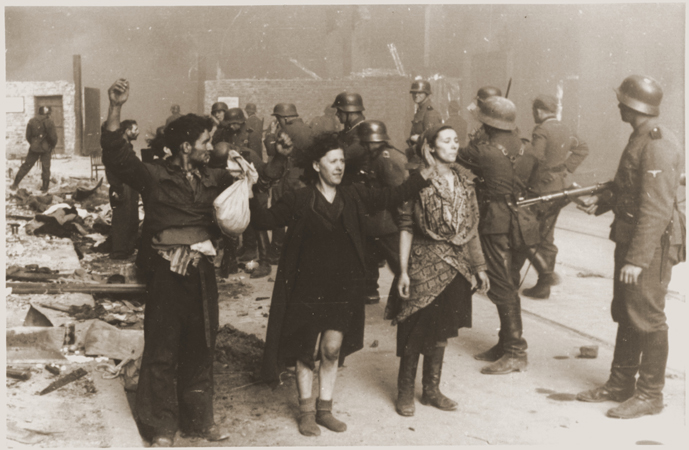
Members of the Jewish resistance captured during the uprising in the Warsaw ghetto, April-May 1943. (Photo: National Archives, courtesy of USHMM Photo Archives.)
When on the 19th of April 1943, German troops began with the destruction of the ghetto, they found an unexpectedly strong armed resistance. Street fighting broke out in the ghetto. House by house, the ghetto was set on fire and destroyed. The resistance fighters and the other Jews hid in underground bunkers, which the Nazis destroyed one after another. Despite a shortage of weapons and food, they managed to hold out against the greater German force for days. It was not until the 16th of May 1943 that the German commander of the destruction of the ghetto, Jürgen Stroop, pronounced the operation over. As a symbol of the extermination of the Warsaw Jews he had Warsaw's Great Synagogue, which stood outside the ghetto, blown up. In reality, armed fighting continued to take place in the rubble of the ghetto for some time, however. Indeed, when the Warsaw uprising took place in August 1944, Jews were discovered hiding in the labyrinth of underground bunkers. The Jews seized were mostly shot on the spot, with some being deported to extermination camps.
-
Links:
-
Map of the Warsaw Ghetto (On the website A Teacher's Guide to the Holocaust).
-
See also:
-
Online presentation: Photographs of the Warsaw ghetto. (In Czech).
-
Literature:
-
Mark, Bernard. Hrdinná kapitola. Příspěvek k dějinám povstání ve varšavském ghettu (Ein heldenhaftes Kapitel: Ein Beitrag zur Geschichte des Aufstandes im Warschauer Ghetto). Praha: Naše vojsko, 1958. 171 s.
-
Sakowska, Ruta. Menschen im Ghetto. Die jüdische Bevölkerung im besetzten Warschau, 1939-1943. Osnabrück: Fibre, 1999. 336 s.
-
Czerniaków, Adam. Im Warschauer Getto. Das Tagebuch des Adam Czerniaków, 1939-1942. München: Beck, 1986. 303 s.
-
Edelman, Marek. Das Ghetto kämpft. Berlin: Harald-Kater, 1993. 97 s.
-
Lustiger, Arno. Zum Kampf auf Leben und Tod. Das Buch vom Widerstand der Juden, 1933-1945. Köln: Kiepenheuer & Witsch, 1994. 628 s.
-
Ainsztein, Reuben. Revolte gegen die Vernichtung. Der Aufstand im Warschauer Ghetto. Berlin: Schwarze Risse, 1993. 228 s.


